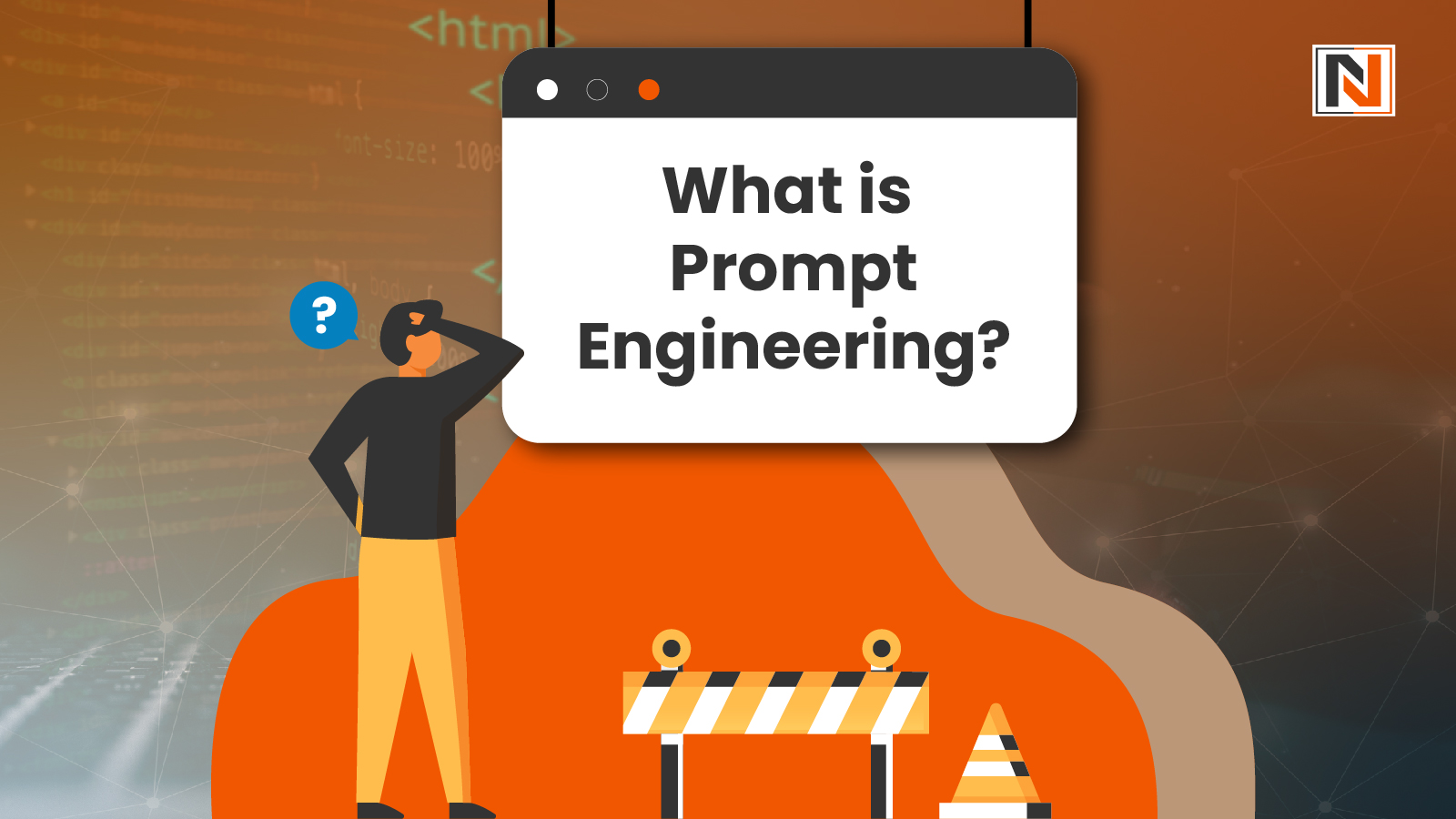
In 2025, one essential skill that has become pivotal for businesses and decision-makers is prompt engineering. As AI models like GPT-4, Claude, and Gemini become more sophisticated, the ability to craft precise and effective prompts is transforming how organizations leverage AI for productivity, innovation, and competitive advantage.
So, what is prompt engineering, and why should you care? In this detailed guide, we’ll uncover the answers.
- The definition and importance of prompt engineering
- Core techniques for crafting high-quality prompts
- Real-world applications across industries
- Best practices for optimizing AI interactions
- The future of prompt engineering in enterprise AI
Whether you’re a CTO, CEO, or a business leader looking to harness AI’s full potential, understanding prompt engineering is essential.
What is Prompt Engineering?
Prompt engineering is the practice of designing and refining inputs (prompts) to guide AI models toward generating the most accurate, relevant, and useful outputs. Think of it as the art of communicating with AI, the better your prompts, the better the AI’s responses.
Since large language models (LLMs) don’t “think” like humans, they rely heavily on the wording, structure, and context provided in prompts. An expertly designed prompt is what separates a broad, unfocused reply from a sharp, actionable solution.
Why Does Prompt Engineering Matter?
- Improves AI Accuracy – Poorly constructed prompts lead to irrelevant or incorrect responses. Effective prompt engineering reduces errors and hallucinations.
- Enhances Efficiency – Businesses save time and resources by minimizing back-and-forth iterations with AI.
- Unlocks Advanced Use Cases – From automated customer support to data analysis, better prompts enable more sophisticated AI applications.
- Reduces Bias & Misinterpretation – Carefully designed prompts help mitigate unintended biases in AI responses.
For decision-makers, investing in prompt engineering means maximizing ROI on AI tools while ensuring reliable, high-quality outputs.
Core Techniques in Prompt Engineering
Crafting effective prompts isn’t just about typing a question, it’s a strategic process. Here are key techniques used by experts:

1. Clarity & Specificity
- Weak Prompt: “Tell me about marketing.”
- Strong Prompt: *”Provide a data-driven comparison between inbound and outbound marketing strategies for B2B SaaS companies in 2024.”*
The clearer the prompt, the more focused the AI’s reply.
2. Step-by-Step Instructions (Chain-of-Thought Prompting)
Asking AI to “think step by step” improves reasoning:
- “Explain how blockchain enhances supply chain transparency. Break down each step with examples.”
3. Role-Based Prompting
Assigning a role to the AI tailors responses to specific expertise:
- “Act as a financial analyst. Summarize the risks of investing in cryptocurrency in Q3 2024.”
4. Few-Shot & Zero-Shot Learning
- Zero-shot: Asking AI to perform a task without examples.
- Few-shot: Providing examples to guide responses (e.g., “Here are two customer service responses generate a third in the same tone.”)
5. Iterative Refinement
AI responses improve with feedback:
- Initial Prompt: “Suggest growth strategies.”
- Refined Prompt: “Suggest three data-backed customer acquisition strategies for an e-commerce brand scaling in Southeast Asia.”
Real-World Applications of Prompt Engineering
Businesses across industries are using prompt engineering to drive innovation:
1. Customer Support Automation
- AI chatbots efficiently manage complex queries using structured prompts, minimizing the need for human involvement.
- Example: “Generate a polite, empathetic response to a customer complaint about delayed shipping.”
2. Content Creation & Marketing
- Prompt engineering helps generate SEO-optimized articles, ad copies, and social media posts.
- Example: “Write a LinkedIn post announcing our AI-powered analytics tool, targeting CTOs in fintech.”
3. Data Analysis & Business Intelligence
- AI interprets complex datasets when given structured prompts.
- Example: “Analyze this sales data and identify three trends impacting Q2 revenue.”
4. Legal & Compliance
- Lawyers use AI to draft contracts or summarize case laws with precise prompts.
- Example: “Summarize the key GDPR compliance requirements for a SaaS company operating in Europe.”
5. Software Development
- Developers leverage AI for code generation, debugging, and documentation.
- Example: “Write a Python function to scrape e-commerce product prices, with error handling.”
Best Practices for Effective Prompt Engineering
To get the most out of AI, follow these best practices:
- Be Explicit – Avoid ambiguity, specify format, length, and style.
- Use Constraints – Limit responses to a certain word count or structure.
- Leverage Templates – Create reusable prompt frameworks for recurring tasks.
- Test & Optimize – Experiment with different phrasings to find the best output.
- Incorporate Feedback Loops – Refine prompts based on AI performance.
The Future of Prompt Engineering
As AI models grow more advanced, prompt engineering will evolve in three key directions:
- Automated Prompt Optimization – AI tools will suggest or auto-correct prompts for better results.
- Multimodal Prompts – Combining text, images, and voice for richer AI interactions.
- Enterprise Prompt Libraries – Companies will maintain curated prompt databases for different use cases.
For forward-thinking organizations, building in-house prompt engineering expertise will be a strategic differentiator.
Conclusion
Prompt engineering is a business imperative. As AI becomes integral to operations, the ability to communicate effectively with these systems will separate industry leaders from laggards.
For executives and decision-makers, the message is clear: Invest in prompt engineering today to unravel AI’s full potential tomorrow. Whether through training, hiring specialists, or integrating prompt-optimized workflows, businesses that master this discipline will gain a sustainable competitive edge.
Frequently Asked Questions
What is the main goal of prompt engineering?
The main goal is to craft precise and effective prompts that guide AI models to generate accurate, relevant, and useful outputs.
Can prompt engineering reduce AI errors?
Yes, well-structured prompts minimize errors, hallucinations, and irrelevant responses, improving AI reliability.
How does prompt engineering benefit businesses?
It enhances efficiency, reduces costs, improves AI accuracy, and unlocks advanced automation in customer support, marketing, and data analysis.
What’s the difference between zero-shot and few-shot prompting?
Zero-shot prompting involves asking the AI to complete a task without any examples, whereas few-shot prompting includes a few examples to help guide the AI’s response.
Will prompt engineering become obsolete with smarter AI?
No, even as AI advances, human expertise in crafting optimal prompts will remain crucial for precision and business-specific needs.
